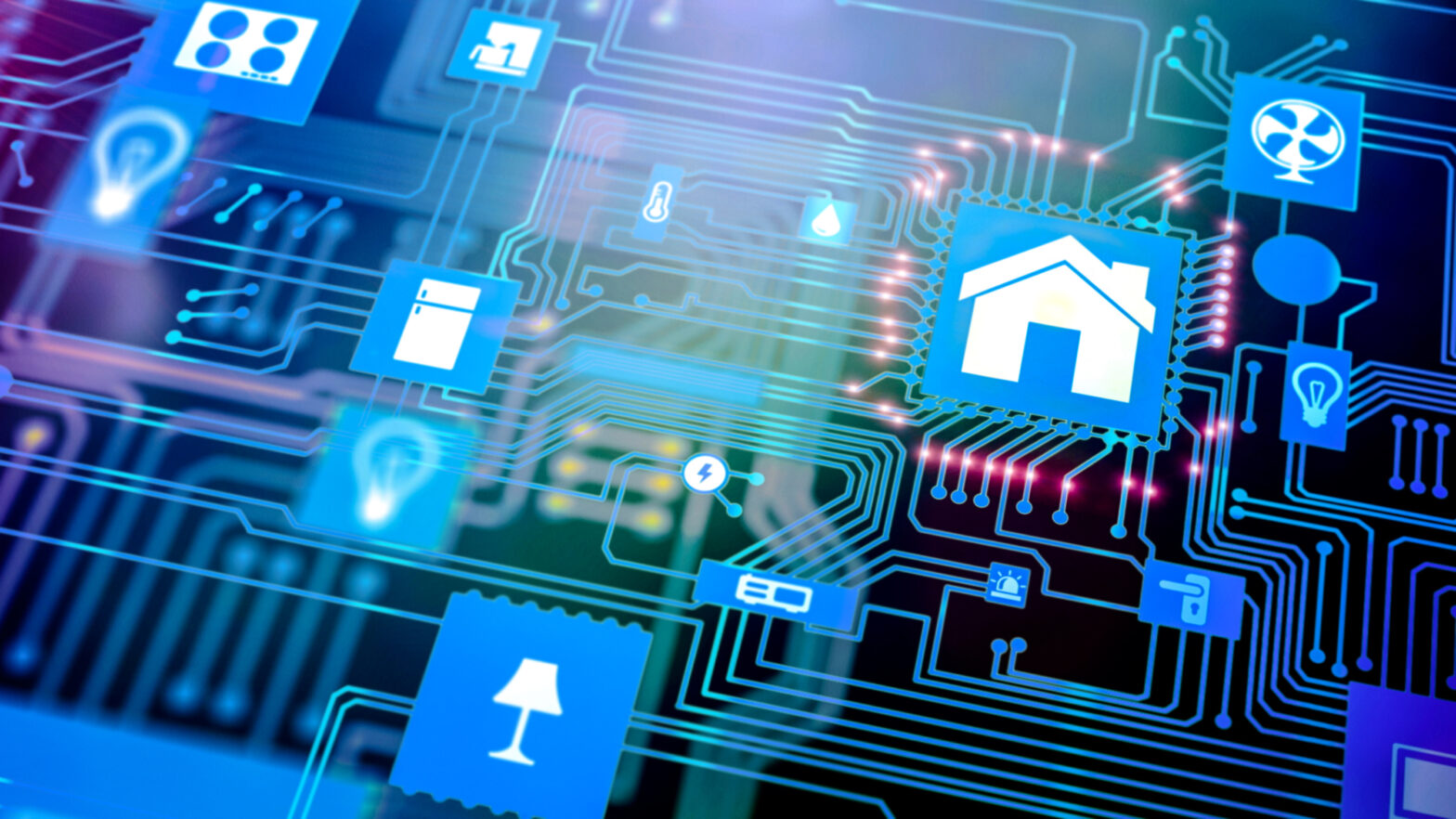According to the research firm Parks Associates, roughly 32% of US households are already taking advantage of smart home technology – and that number is expected to more than double in coming years.
In addition, a recent survey by Schlage found that 86% of millennials and 65% of baby boomers are willing to spend more for a home with smart technology. This means that home sellers may want to consider leaving devices like a smart doorbell, thermostat and cameras behind.
But with the advances in technology come new fears around information security. Technology companies and service providers are constantly working to stay ahead on data security, and to reassure users that their information is safe.
>See also: Home security: Could a smart home be a stupid idea?
Concerns about leaving behind devices containing a history of personal information are understandable, but there are several steps homeowners can take to ensure that buyers won’t be inheriting their personal information along with their home.
1. Collect an inventory
From security cameras to cable boxes, today’s devices are increasingly interconnected. Do you know how many smart home-related services you’re subscribed to? Are you paying for services you’ve long since forgotten about? If you don’t know exactly who is collecting what information, it will be hard to feel confident that you’re not leaving anything undone.
Start by making a list of all of your devices and services. Be sure to include things like smart locks, smart thermostats, and even your security system. Then, make a list of all vendors and service providers, along with any login information and contact information.
2. Update device software
Ideally, you’ve been keeping up with your device updates. Many companies are constantly updating their security features to stay ahead of security threats, and they make these changes available through downloadable updates that include the latest security and encryption protections. Make sure your devices are up-to-date to protect your private information, and to set the new homeowner up for protection as well.
>See also: Can smart home devices and technology keep people safe?
3. Cancel or transfer services
Use your inventory list to determine which devices are associated with user accounts, subscriptions, and vendors. Sign out of each of your accounts, and unsubscribe from any subscriptions that you no longer plan to use. If you will be using your service providers in your new home, notify them of your address change. Call your vendors to cancel any services that won’t transfer, or that you won’t be using in your new home. Be aware that, depending on the terms of your contract, there may be cancellation fees.
4. Disconnect smartphone sync
When it comes to the Internet of Things, simplification is synonymous with integration. One big appeal of most smart home technology is that you can access it, monitor it, or make changes to it right from your smartphone.
There are even apps that enable you to monitor many of your devices in one central hub. Don’t just delete these apps when you get ready to move—make sure to disconnect each device from syncing with your phone.
>See also: Smart home technology at a tipping point in the UK
5. Restore factory settings
Once you’ve canceled your services, logged out of your accounts, and disconnected any syncing, restore each device to its factory setting. Even if you’re logged out, the device may retain your settings, such as privacy preferences.
Restoring to factory settings gives you the added reassurance of knowing that your information is no longer stored or available on the device, and it makes the device fresh and ready for the next user to choose their own settings and preferences.
Connected homes are the homes of the future. Security and privacy may be concerning at first, but home owners can put their fears to rest by taking the appropriate actions to keep information safe. It’s worth the effort to leave smart home technology behind for the buyer. Home sellers can recoup a large part of their investment in smart home technology—in today’s technology-driven market, the return will be reflected in the home’s selling price.
Sourced by Phil Karp, head of brokerage services at Owners.com







